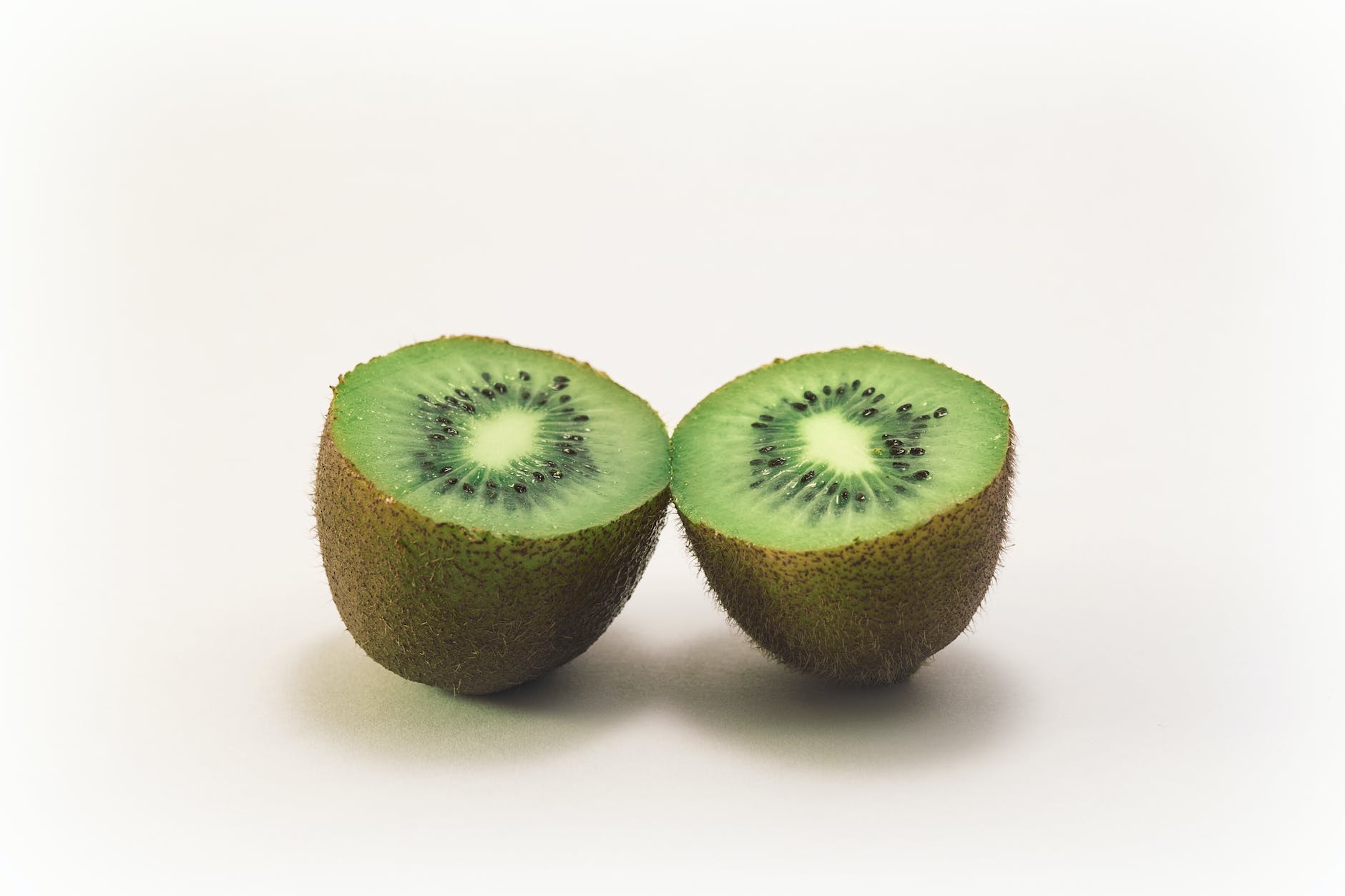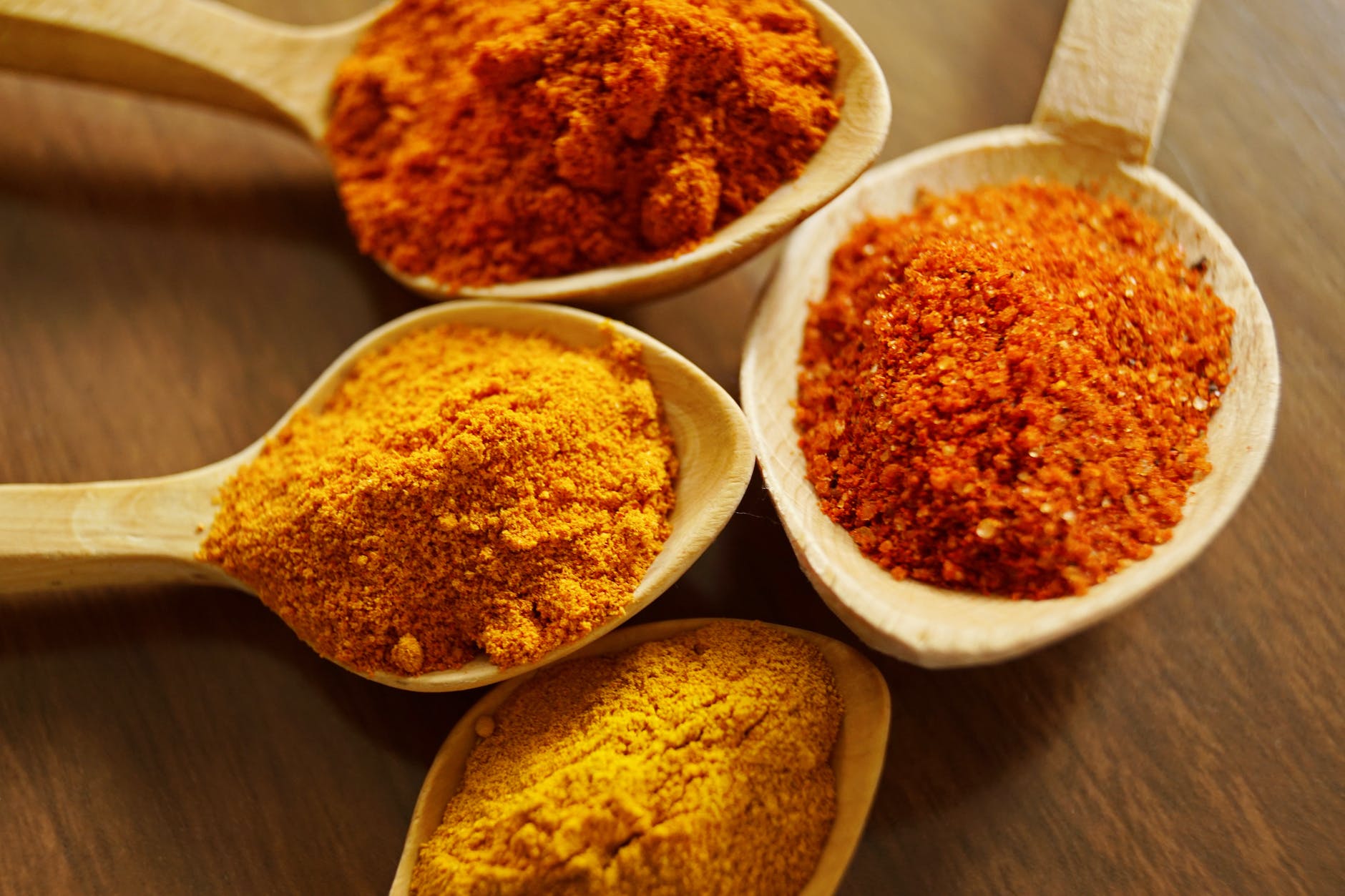
Introduction
Kiwis – Named after the flightless bird of New Zealand, kiwis are small fruits with a distinct sweet-tart flavor. Despite their size, kiwis pack a nutritional punch and are known for their vibrant green flesh and tiny black seeds.
Nutritional Profile
Per 100 grams, a kiwi provides:
- Calories: 41
- Protein: 0.8 grams
- Fat: 0.4 grams
- Carbohydrates: 10 grams
- Fiber: 2 grams
- Vitamin C: 154% of the DV
- Vitamin K: 38% of the DV
- Potassium: 7% of the DV
Health Benefits
Kiwis offer a multitude of health benefits:
- Rich in Antioxidants: Kiwis are loaded with vitamins C and E, both powerful antioxidants that combat free radical damage.
- Aids Digestion: Kiwis contain an enzyme called actinidin, which can aid protein digestion.
- Supports Immune System: The high vitamin C content helps boost the immune system.
Potential Warnings
Although kiwis are generally safe to consume, there are some considerations:
- Allergies: Some individuals may be allergic to kiwis. Symptoms can include itching, swelling, and difficulty breathing.
- Oral Allergy Syndrome: People who are sensitive to birch pollen or latex may experience a condition known as oral allergy syndrome when eating kiwi.
Weight Loss Benefits
Kiwis can support your weight loss efforts:
- Low in Calories, High in Fiber: Kiwis are high in dietary fiber and low in calories, which can aid weight loss.
- Hydration: Kiwis have a high water content, which can help keep you hydrated.
Five Practical Ways to Incorporate Kiwis into Your Diet for Weight Loss
- Kiwi Smoothie: Blend kiwis with spinach, Greek yogurt, and a spoonful of chia seeds for a nutrient-packed smoothie.
- Kiwi Salad: Add sliced kiwis to mixed greens with a light vinaigrette for a colorful, refreshing salad.
- Kiwi Yogurt Parfait: Layer sliced kiwis, low-fat yogurt, and whole-grain cereal for a balanced breakfast or snack.
- Kiwi Infused Water: Infuse water with kiwi and cucumber for a refreshing, hydrating drink.
- As a Snack: Simply slice a kiwi in half and scoop out the flesh for a quick, nutritious snack.
Conclusion
Kiwis are small fruit with significant nutritional benefits. Their sweet-tart flavor, combined with their high fiber and low-calorie content, makes them an excellent addition to a weight-loss diet.













